#3DExpress: 3D Printed Eggs Help Save Endangered Birds
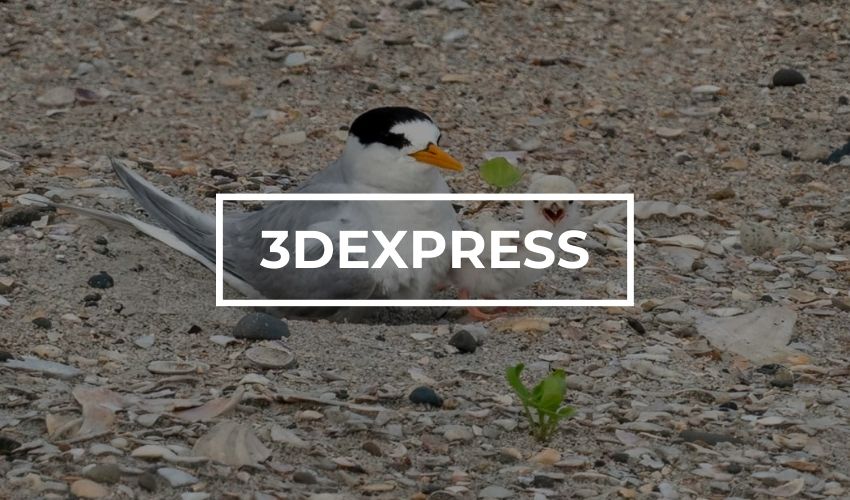
It’s finally the weekend! And once again, we want to share with you some of the interesting tidbits from the 3D printing news from the week in our new format, #3DExpress. This time, check out an initiate to help save Fairy Terns in New Zealand with 3D printed eggs before turning to Sidus Space’s announcement that it has established two-way communications with its 3D printed data gathering satellite. Next, learn more about this week’s latest releases, including a metal machine from EOS and a post-processing solution from AMT. Finish it off with a closer look at the new 3D printed octopus from Revo Foods. Happy reading and have a great weekend!
3D Printed Eggs Help Save Fairy Terns in New Zealand
Across the globe, scientists are looking for ways to save endangered species, especially as weather patterns change causing traditional habitats to become more dangerous. Case in point, in New Zealand, the Department of Conservation (DOC) has turned to 3D printed replica eggs to help a native bird, called tara iti in Māori and fairy tern in English, to survive the summer. The risk to the species comes from the fact that the bird, which was once widespread through New Zealand, now only breeds at five main nesting sites in north Auckland and high tides and storms pose a significant risk to eggs. Previous attempts to create replicas, including using hand-painted wooden eggs and real eggs with hollow centers filled with wax, broke too easily meanwhile 3D printed eggs that were then painted by artist and marine biologist Carina Sim-Smith were able to match the shape, weight, UV resistance, size, color and texture of the real eggs. Endangered Species Foundation general manager Natalie Jessup explained, “We were happy to see the replacement eggs were successful at holding nesting sites during risky periods when the real eggs were safely cared for at Auckland Zoo – they were so realistic parent birds had no idea they were not sitting on the real thing.” In fact, the program was so successful that this year marked a record-breaking breeding season for the birds with 22 eggs laid and 14 chicks successfully hatched.
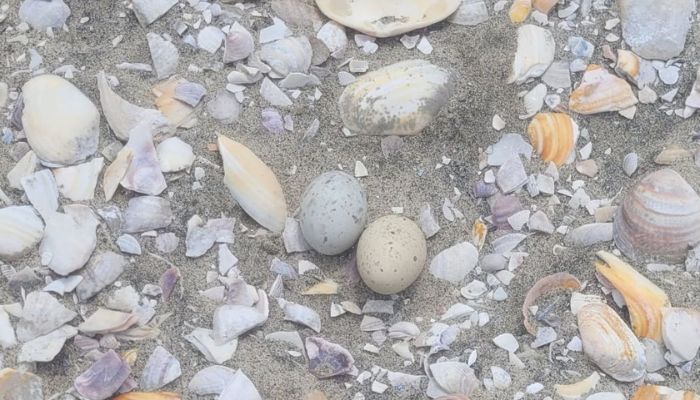
The real (left) and 3D printed (right) eggs are indistinguishable for the Fairy Terns (photo credits: DOC)
EOS Presents Its New Metal Solutions
German manufacturer EOS this week unveiled a new metal additive manufacturing solution called the M 290 1kW. It uses laser powder bed fusion, with a 1kW laser, as the name suggests. The special feature of this 3D printer is that it has been designed to produce copper parts. Indeed, two materials are currently offered and qualified: CuCp, 99.95% pure copper, and EOS Copper CuCrZr, a mixture of copper, chromium and zirconium. In this way, EOS hopes to address the needs of the aerospace and defense industries, as copper is attractive for its electrical and thermal conductivity.
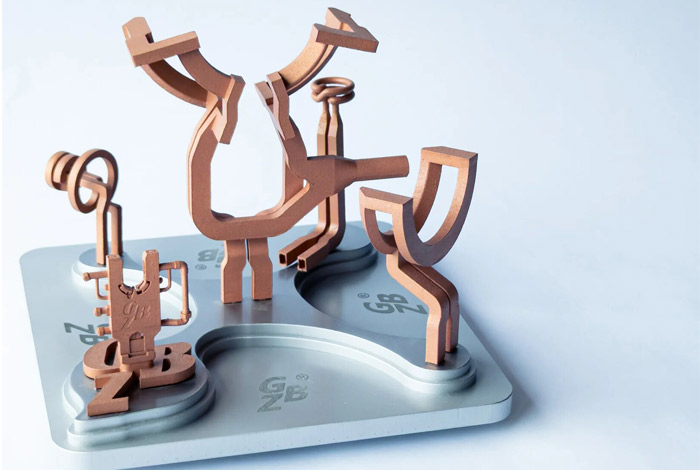
Photo Credits: EOS
Sidus Space Establishes Two-Way Communications With its 3D Printed LS-1 Satellite
It hasn’t been long since we last heard about Sidus Space and its use of 3D printing in the creation of satellites. Now the company has announced a major milestone, Sidus has successfully established two-way communications with its hybrid, 3D-printed LizzeSat. This will enable the satellite to be used to gather data to support agriculture, maritime, oil and gas and other industries. Carol Craig, Sidus’ CEO, concludes, “Sidus’ cutting edge, state-of-the-art LizzieSats are at the core of our high-margin Data-as-a-Service business model,” said Carol Craig, Sidus’ CEO and Founder. “The combination of our rapid, 3D-printing production process, our multi-sensor coincident data collection, and the integration of on-orbit AI gives Sidus an edge as we build our satellite constellation to collect and sell data to our customers.”
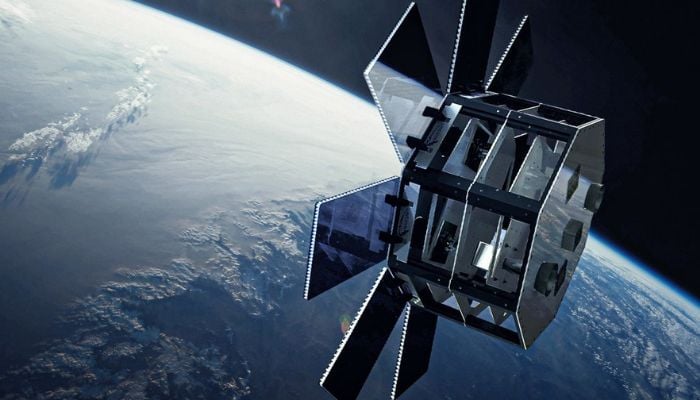
Photo Credits: Sidus Space
The New Post-Processing Solution From AMT
Specializing in the development of post-processing solutions for the printing industry, AMT also unveiled a new addition to its range this week. It’s the PostPro DPX machine, a depowdering system that’s accessible and easy to use. The aim is to reduce manual labor and guarantee a safe, clean manufacturing process. The machine measures 985 x 1135 x 1890 mm and has a 10-liter basket, enabling it to handle different part volumes. It is ATEX-certified and therefore complies with safety standards.
3D Printed Octopus Has Arrived
After causing a stir with its various 3D printed seafood including salmon, which is available now in European supermarkets, startup Revo Foods has continued to invest in food 3D printing. The company has just announced that it has launched the first 3D printed vegetable octopus, named Kraken! As in the case of the company’s salmon, this is a product that looks exactly like the fish and also tries to mimic its flavor as much as possible. An interesting development for more sustainable calamari!
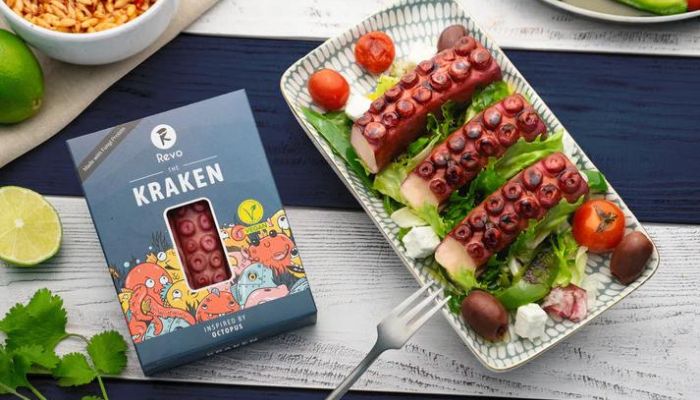
Photo Credits: Revo Foods
What do you think of these 3D printed Fairy Tern eggs? How else could 3D printing be used to save endangered species? Let us know in a comment below or on our LinkedIn, Facebook, and Twitter pages! Don’t forget to sign up for our free weekly newsletter here, the latest 3D printing news straight to your inbox! You can also find all our videos on our YouTube channel.
*Cover Photo Credits:






